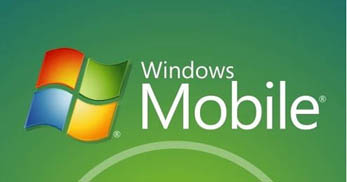Windows Mobile
Introduction
Windows Mobile is a mobile operating system developed by Microsoft for smartphones and Pocket PCs, but by 2011 was rarely supplied on new phones. It is based on the Windows CE kernel and first appeared as the Pocket PC 2000 operating system. It is supplied with a suite of basic applications developed with the Microsoft Windows API, and is designed to have features and appearance somewhat similar to desktop versions of Windows. Third parties can develop software for Windows Mobile with no restrictions imposed by Microsoft. Some software applications can be purchased using Windows Marketplace for Mobile. Most early Windows Mobile devices came with a stylus, which can be used to enter commands by tapping it on the screen. The primary touch input technology behind most devices were resistive touchscreens which did not require a stylus and work with any pressed input method; later devices used capacitive sensing. Along with touchscreens a large variety of form factors existed for the platform. Some devices featured slideout keyboards, while others featured minimal face buttons.
In February 2010 Microsoft announced a completely new phone platform, Windows Phone, designed to supersede Windows Mobile. The final version of Windows Mobile released after the announcement of Windows Phone was 6.5.5. Phones running Windows Mobile will not be officially upgradeable to Windows Phone and software designed for Windows Mobile is incompatible with the new operating system.
Pocket PC 2002
Pocket PC 2002, originally codenamed "Merlin", was released in October 2001. Like Pocket PC 2000, it was powered by Windows CE 3.0. Although targeted mainly for 240 × 320 (QVGA) Pocket PC devices, Pocket PC 2002 was also used for Pocket PC phones and, for the first time, Smartphones. These Pocket PC 2002 Smartphones were mainly GSM devices. With future releases, the Pocket PC and Smartphone lines would increasingly collide as the licensing terms were relaxed allowing OEMs to take advantage of more innovative, individual design ideas. Aesthetically, Pocket PC 2002 was meant to be similar in design to the then newly released Windows XP. Newly added or updated programs include Windows Media Player 8 with streaming capability; MSN Messenger and Microsoft Reader 2, with Digital rights management support. Upgrades to the bundled version of Office Mobile include a spell checker and word count tool in Pocket Word and improved Pocket Outlook. Connectivity was improved with file beaming on non-Microsoft devices such as Palm OS, the inclusion of Terminal Services and Virtual Private Networking support and the ability to synchronize folders. Other upgrades include an enhanced UI with theme support and savable downloads and WAP in Pocket Internet Explorer.
In Figure 1 you can see the Pocket PC 2002 user interface (the Today Screen on the left, the About Version dialog on the right).
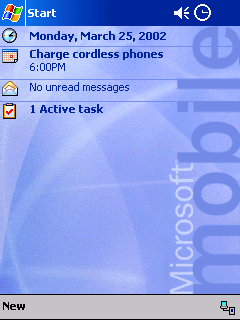 |
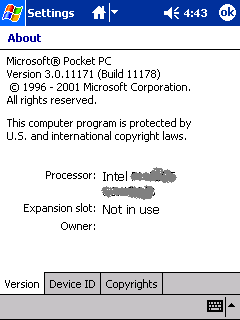 |
Figure 1: the Pocket PC 2002 user interface.
Windows Mobile 2003 SE
Windows Mobile 2003 Second Edition, also known as "Windows Mobile 2003 SE", was released on March 24, 2004 and first offered on the Dell Axim x30. This was the last version which allowed users to back up and restore an entire device through ActiveSync. This upgrade allows users to switch between Portrait and Landscape modes and introduces a single-Column layout in Pocket Internet Explorer. To make wireless internet access more secure Wi-Fi Protected Access (WPA) support was added. An array of new screen resolutions also debuted;VGA (640×480), 176х220, 240x240, and 480x480, to increase visual clarity and the range of form factors Windows Mobile could run on.
In Figure 2 you can see the Windows Mobile 2003 SE user interface (the Today Screen on the left, the About Version dialog on the right).
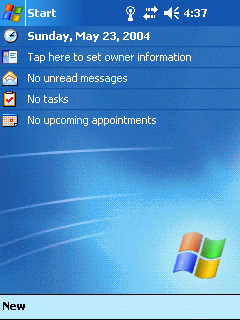 |
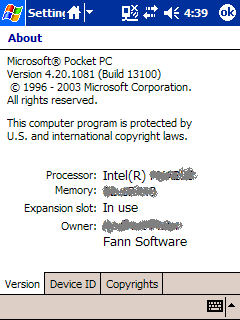 |
Figure 2: the Windows Mobile 2003 SE user interface.
Windows Mobile 6
Windows Mobile 6, formerly codenamed "Crossbow", was released on February 12, 2007 at the 3GSM World Congress 2007. It comes in three different versions: "Windows Mobile 6 Standard" for Smartphones (phones without touchscreens), "Windows Mobile 6 Professional" for Pocket PCs with phone functionality, and "Windows Mobile 6 Classic" for Pocket PCs without cellular radios.
In Figure 3 you can see the Windows Mobile 6 user interface (the Today Screen on the left, the About Version dialog on the right).
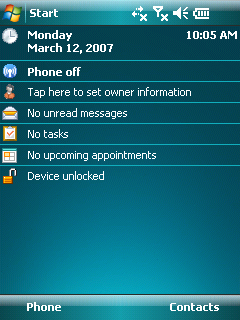 |
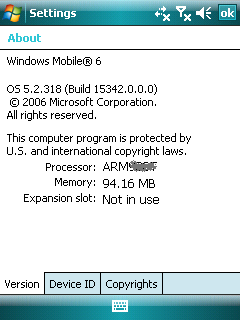 |
Figure 3: the Windows Mobile 6 user interface.
Windows Mobile 6.1
Windows Mobile 6.1 was announced April 1, 2008. It is a minor upgrade to the Windows Mobile 6 platform with various performance enhancements and a redesigned Home screen featuring horizontal tiles that expand on clicking to display more information, although this new home screen is featured only on Windows Mobile Standard edition.
In Figure 4 you can see the Windows Mobile 6.1 user interface (the Today Screen on the left, the About Version dialog on the right).
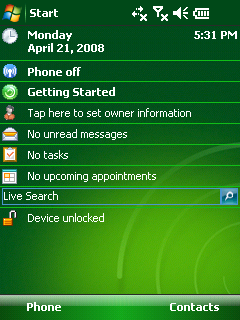 |
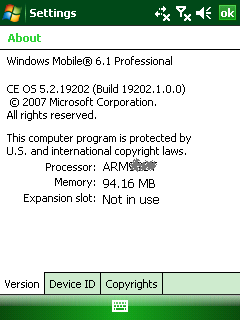 |
Figure 4: the Windows Mobile 6.1 user interface.
Windows Mobile 6.5
Windows Mobile 6.5 was released to manufacturers on May 11, 2009; the first devices running the operating system appeared in late October 2009. Several phones that officially shipped with Windows Mobile 6.1 can be officially updated to Windows Mobile 6.5. This update includes some significant new added features, such as a revamped GUI , a new Today screen resembling that of Microsoft's Zune player with vertically scrollable labels (called 'Titanium'). Windows Mobile 6.5 also includes the new Internet Explorer Mobile 6 browser, with improved interface.
In Figure 5 you can see the Windows Mobile 6.5 user interface (the Today Screen on the left, the About Version dialog on the right).
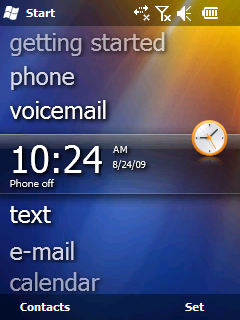 |
 |
Figure 5: the Windows Mobile 6.5 user interface.
Community Resources
Blogs
MSDN Pages
Forums
- Window Mobile Development Forum - Discuss general development issues related to the Windows Mobile Platform.
- Developing for Windows Phone 6.x - App Hub Forums - Questions about developing applications for Windows Phone 6.x
MSDN Magazine Articles
- Going Places: Adaptable Apps for Windows Mobile (MSDN Magazine, June 2008)
See Also
NOTE: the following links are external to TechNet Wiki.
- Windows Mobile App Development Part 1: Creating your first application (The Code Project, 29 October 2009)
- Windows Mobile App Development Part 2: Device Emulator and Device Emulator Manager (The Code Project, 29 October 2009)
- Windows Mobile App Development Part 3: Basic WinForms App Development for Windows Mobile Devices (The Code Project, 29 October 2009)
- Windows Mobile App Development Part 4: Adding Custom Controls and Making Use of GPS Hardware (The Code Project, 30 October 2009)
- Windows Mobile App Development Part 5: Intro to using SQL Server CE (The Code Project, 30 October 2009)
- Windows Mobile App Development Part 6: Device Security and Application Deployment (The Code Project, 30 October 2009)
- Windows Mobile App Development Part 7: Mobile Web Development (The Code Project, 30 October 2009)
Other Languages
This article is also available in the following languages:
Italian (it-IT)
Credits
This article was originally written by Luigi Bruno.
